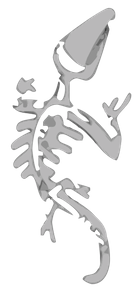Report From SoundTrack Cologne
Just returned from the annual conference on music for film and games in Cologne. Here's my report.
5 Comments

(Also visit our Main Homepage and Store)
Just returned from the annual conference on music for film and games in Cologne. Here's my report.
We're cleaning up. Please copy your old music posts that you want to keep to your new blog.
Welcome to our re-launched community website! We are thrilled to have you here and excited to share with you the amazing features and updates we have in store. This place has been (...)